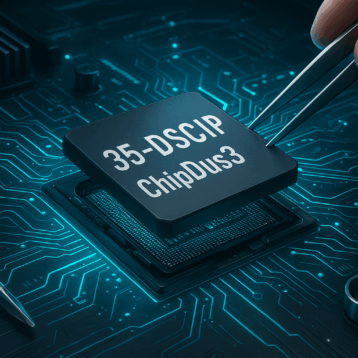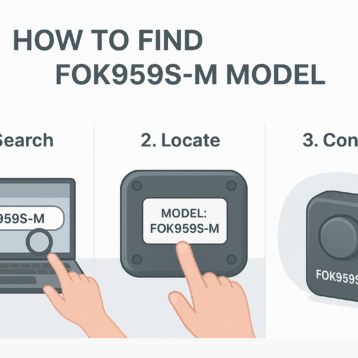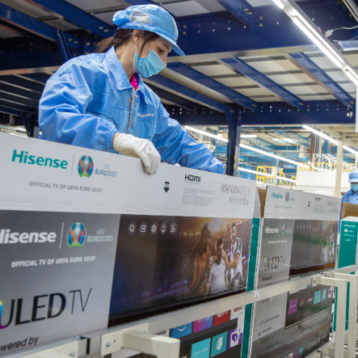|
The USB 3.0 specification guarantees an increased performance of 10 times compared to the capabilities of the current USB 2.0, providing a bandwidth of 600 MB/s second. Devices employing USB 3.0 specifications are planned to be available to consumers in 2009 or 2010 and would be backwards compatible with USB 2.0 and USB 1.1.
“Delays have held USB 3.0 back,” said Lars Giusti of Microsoft. However, he predicts that the fully signed-off USB 3.0 specifications would only be presented to the implementers in the USB 3.0 Promoter Groups in 2009. Subsequently, it would take approximately another year until broad-scale product deployment of host controllers, devices, and systems utilizing USB 3.0 would be available in the market.
President and general manager of the chipset business unit at AMD, Phil Eisler, released a statement saying, “The future of computing and consumer devices is increasingly visual and bandwidth intensive. Lifestyles filled with HD media and digital audio demand quick and universal data transfer. USB 3.0 is an answer to the future bandwidth need of the PC platform.”
|
Microsoft is currently in the planning stage of selecting which operating system to incorporate the USB 3.0 specifications into. “The Microsoft USB core team is currently evaluating which operating systems we should support USB 3.0 on. It’s a difficult decision and a difficult choice because there are all these moving parts,” said Giusti.
“Our early indications tell us that most partners think that we should support USB 3.0 on at least Windows Vista.”
According to early information supplied by Microsoft the improvement in transferring large files using USB 3.0 based hardware will be considerable.
Performance comparison: Transfer of 25GB HD movie:
USB 1.1: 9.3 hours
USB 2.0: 13.9 minutes
USB 3.0: 70 seconds
|
TFOT has previously looked at USB 3.0 in September 2007, predicting USB 3.0 to arrive in 2008. We have also written on the MultiSwitch, the first USB sharing hub, which is a new extension to USB that will enable sharing of various USB peripherals between computers and allows the sharing of information and content from devices such as DVD players, cameras, printers, and scanners between laptops and desktops using a simple USB cable. Other advanced data transfer technologies covered by TFOT include Georgia Electronic Design Center’s wireless technology, which demonstrates transfer rates of 15 gigabits per second (Gbps) at a distance of 1 meter, 10 Gbps at 2 meters, and 5 Gbps at 5 meters.
Additional information on USB 3.0 can be obtained at Intel’s website.










![How to Reset Insignia TV [Step-By-Step Guide]](https://thefutureofthings.com/wp-content/uploads/2025/01/Insignia-Roku-TV-358x358.png)


